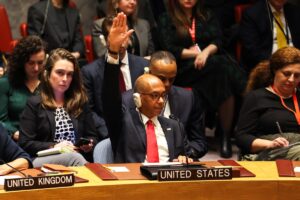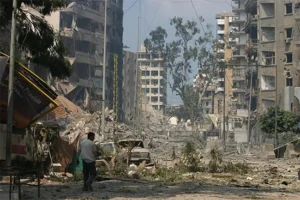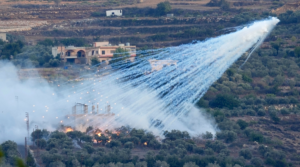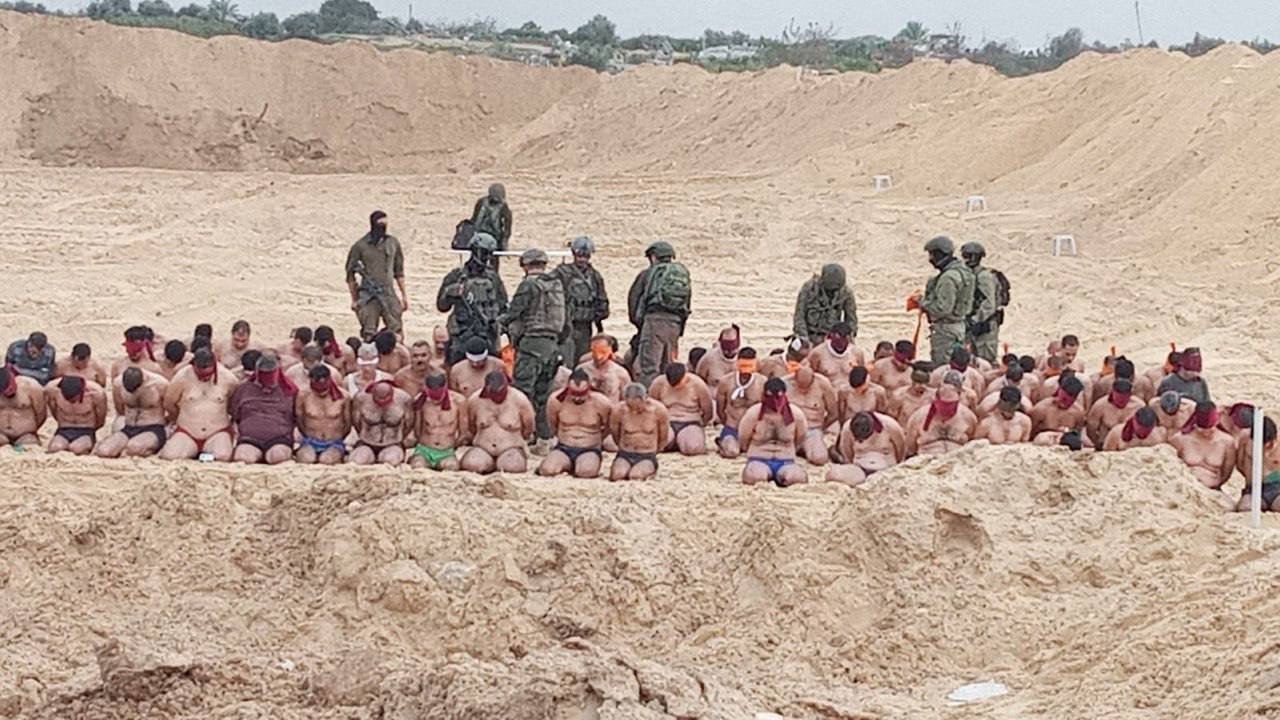In a recent development on the Israel-Gaza conflict, the United States has come under criticism from rights and aid groups for vetoing a U.N. Security Council draft resolution. The resolution, which had almost unanimous support from member states, called for an immediate cease-fire in Gaza and the unconditional release of all hostages. This marks the third time the U.S. has vetoed such a recommendation since the conflict began following the Oct. 7 Hamas attack.
Contents
Key Points from Friday’s Events:
1. Cease-Fire Veto: Friday’s vote saw the U.S. vetoing the Security Council recommendation, with 13 members supporting it, and Britain abstaining. The U.S. envoy defended the decision, calling the resolution “divorced from reality” and emphasizing its failure to condemn the Hamas attack.

2. Israeli Military Action: Israel’s Defense Forces (IDF) reported ongoing combat in various locations across the Gaza Strip. A failed hostage rescue attempt on Friday resulted in two Israeli soldiers being seriously injured. Fighter jets and ground troops continued operations, with more than 130 casualties reported due to the Israeli bombardment.
3. International Reactions: U.S. Secretary of Defense Lloyd Austin condemned rocket attacks on the U.S. Embassy in Baghdad, describing them as “acts of terrorism.” Meanwhile, criticism has been directed at the U.S. for its veto, with concerns raised about potential complicity in war crimes.
13 members of the Council voted in favor of the draft resolution demanding an immediate humanitarian ceasefire, 1 abstained (UK), 1 voted against (US veto) pic.twitter.com/rMPYA9gc0I
— Ambassador Majed Bamya 🇵🇸 (@majedbamya) December 8, 2023
Escalation Beyond Gaza
In a significant escalation, Israeli warplanes targeted Hezbollah positions in Lebanon overnight. The IDF reported launches from Lebanon, responding with artillery shelling and airstrikes on villages near the border. This marks an expansion of the conflict beyond Gaza’s borders, with reports of strikes hitting residential and commercial sites.
Israeli Strikes in Lebanon
| Target | Type | Location |
|---|---|---|
| Hezbollah Positions | Airstrikes | Southern Lebanon Border |
| Residential Sites | Artillery Shells | Villages near the Border |
| Commercial Sites | Airstrikes | Villages near the Border |

Humanitarian Crisis in Gaza Intensifies
U.N. Secretary-General António Guterres issued a stark warning about the humanitarian situation in Gaza, describing it as a “spiraling nightmare.” With 85% of the population displaced and approximately 60% of housing destroyed or damaged, the U.N. fears a total collapse of the humanitarian support system. Conditions in southern Gaza, especially in Rafah, have deteriorated, with limited aid reaching the area.
Humanitarian Crisis in Gaza
| Crisis Indicator | Percentage |
|---|---|
| Population Displacement | 85% |
| Housing Damage | 60% |
| Casualties | 130+ |

Must Read – Elon Musk’s Neuralink Unveils $43M Boost! Human Trials Imminent
IDF’s Underground Threats in Gaza
The IDF reported ongoing combat in both northern and southern Gaza, encountering Hamas militants hiding underground. Ground troops faced challenges in areas laden with explosives, resulting in the apprehension of over 200 suspects, including Hamas commanders. Close-quarters fighting was reported in Khan Younis.
“In the chaos of conflict, the world watches as diplomacy falters and lives hang in the balance.”
U.S. Veto Blocks Cease-Fire Resolution
For the 3rd time, the U.S. vetoed a U.N. Security Council resolution calling for an immediate cease-fire. While 13 members, including close U.S. allies, supported the resolution, Britain abstained. The resolution demanded the release of hostages and humanitarian access, but the U.S. deemed it “rushed” and criticized its lack of condemnation for the Hamas attack.
As the conflict continues to escalate, international criticism mounts against the U.S. for its cease-fire veto. The situation on the ground remains dire, with a growing humanitarian crisis in Gaza, and the expansion of military operations beyond its borders raises concerns about further instability in the region. The lack of a diplomatic breakthrough underscores the challenges in resolving to end the violence.
FAQ
Q1. Why did the U.S. veto the cease-fire resolution?
A1. The U.S. considered the resolution “rushed” and criticized its failure to condemn the Hamas attack.
Q2. How many times has the U.S. vetoed a cease-fire recommendation?
A2. This marks the third time the U.S. has vetoed such a recommendation since the conflict began.
Q3. What is the current casualty count in Gaza?
A3. The Gaza Health Ministry reported over 130 casualties due to ongoing Israeli bombardment.
Q4. Why did the IDF face challenges in Gaza?
A4. Ground troops encountered Hamas militants hiding underground in areas laden with explosives.
Q5. What warning did the U.N. issue about Gaza’s humanitarian situation?
A5. U.N. Secretary-General António Guterres warned of a “spiraling nightmare” with a high risk of a total collapse of the humanitarian support system.
